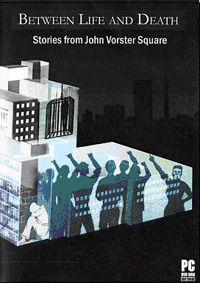24 October 2016 marks 45 years since the death of Ahmed Timol, former teacher and member of the ANC and SACP. Timol is famous in Johannesburg folk lore for the dramatic nature of his death. He fell to his death out of a window on the 10th floor of John Vorster Square police station, becoming the first detainee to die in police custody at this notorious apartheid-era torture centre. An inquest into his death, where the family was represented by George Bizos, concluded that Timol’s death was a suicide.
It wasn’t long before security police started referring to the 10th floor as "Timol Heights" and used the chilling term "Indians can't fly" to mock his fate.
It was hoped that the Truth and Reconciliation Commission (TRC) would lead to information on what happened that fateful day. However nothing more was revealed except the mourning and loss of his family as can be seen in his mother’s testimony to the TRC. However, after decades of struggle by the Timol family and human rights activists, the National Prosecuting Authority (NPA) has accounced that it would reopen the inquest into the death of Ahmed Timol.
A documentary about Ahmed Timol, Indians Can’t Fly was produced in 2015, narrated by his nephew Imtiaz Ahmed Cajee and directed by Enver Samuel, was produced to keep his story alive. SAHA hosted a viewing of the documentary earlier this year as part of TRC month.

John Vorster Square
John Vorster Square officially opened on 23 August 1968, during the height of racial segregation and political oppression in apartheid South Africa. Political prisoners held in John Vorster Square were detained without trial. The South African state had introduced this measure in 1963, which enabled police to hold detainees for up to ninety days with no contact with family, doctors or legal representation.
More information on the history of John Vorster Square can be found on the Google Cultural Institute Site which was developed from material gathered for the joint project between SAHA and the Sunday Times. From this SAHA also developed an educator guide.
Links to further information
Sunday Times Heritage Project - Between life and Death: Stories from John Vorster Square.
Educator Guide developed by SAHA on John Vorster Square
TRC transcript of Ahmed Timol's Mother
Website about Ahmed Timol





